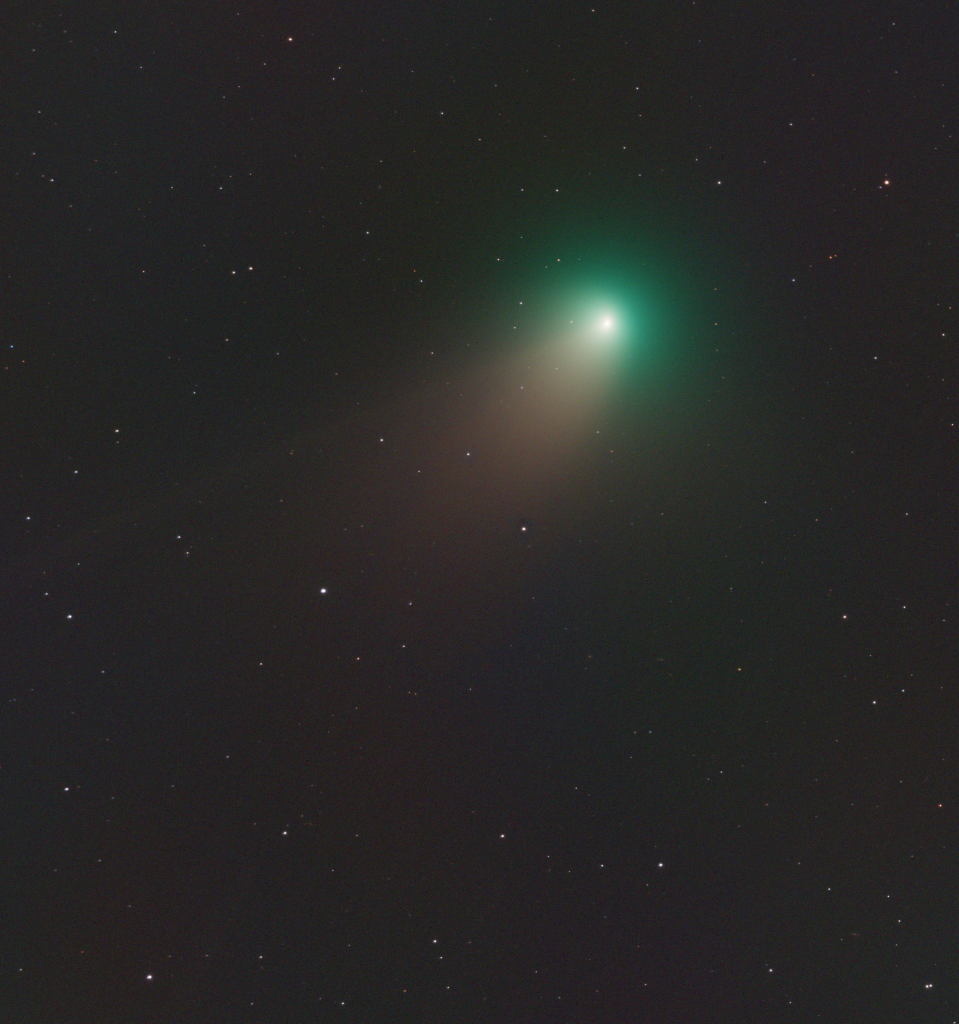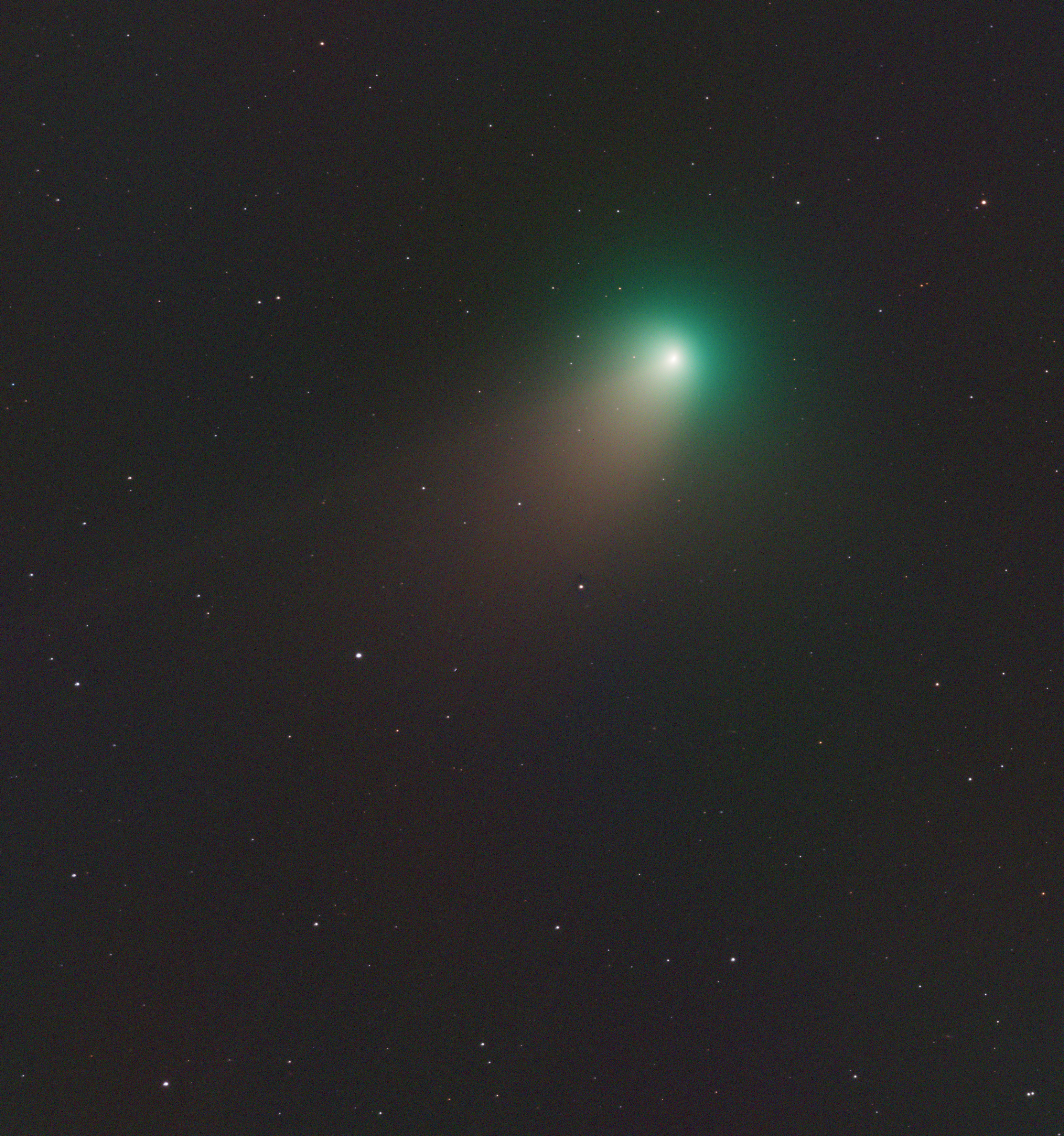
Similar Posts
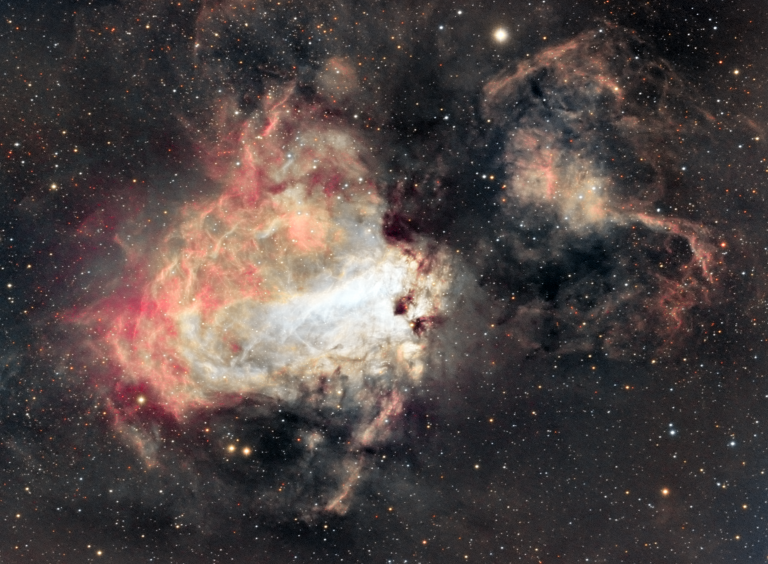
A Celestial Swan
This is M17, the “Swan Nebula”. Everyone seems to see something different in it! To me the whole thing looks like a swan seen from the side, but my family sees different birds within it. It’s like seeing shapes in clouds, which makes sense, as this is just a really, really big cloud of gas…
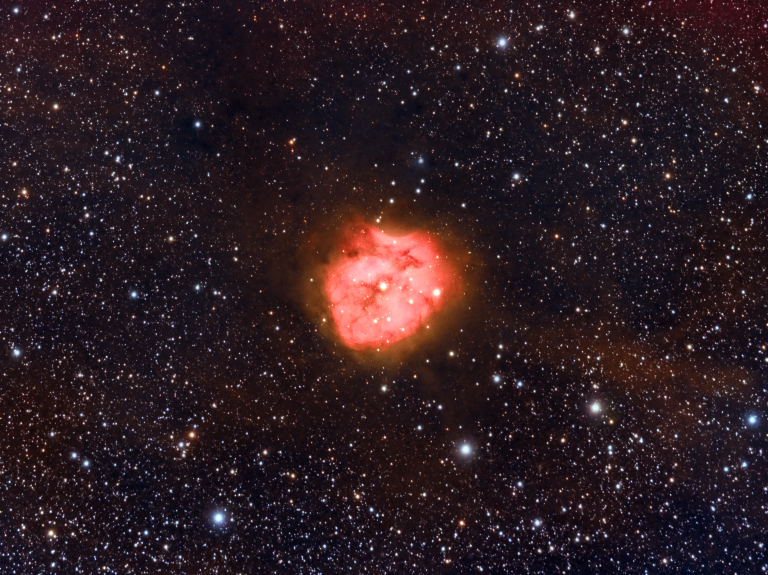
The Cocoon Nebula
The Cocoon Nebula in Cygnus is a compact cloud of Hydrogen, lit up by the bright star in its center. Dust lanes can also be seen across it, obscuring the ionized Hydrogen gas behind them. This object is best imaged during the heart of Summer, which means really challenging conditions here in Florida. High humidity,…
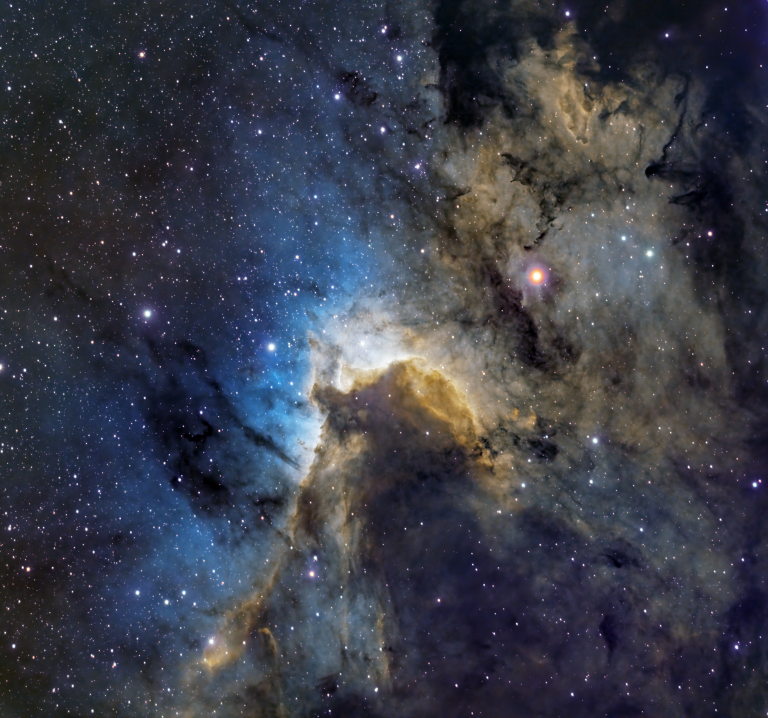
The Cave Nebula
Formally SH2-155, the Cave Nebula lies about 2,400 light-years away within the constellation Cepheus. It’s part of a much larger region of gas and dust (called a molecular cloud). This region is mostly ionized Hydrogen, but there’s just enough Oxygen – blue in this image – to make for a pretty picture. Capturing that Oxygen…
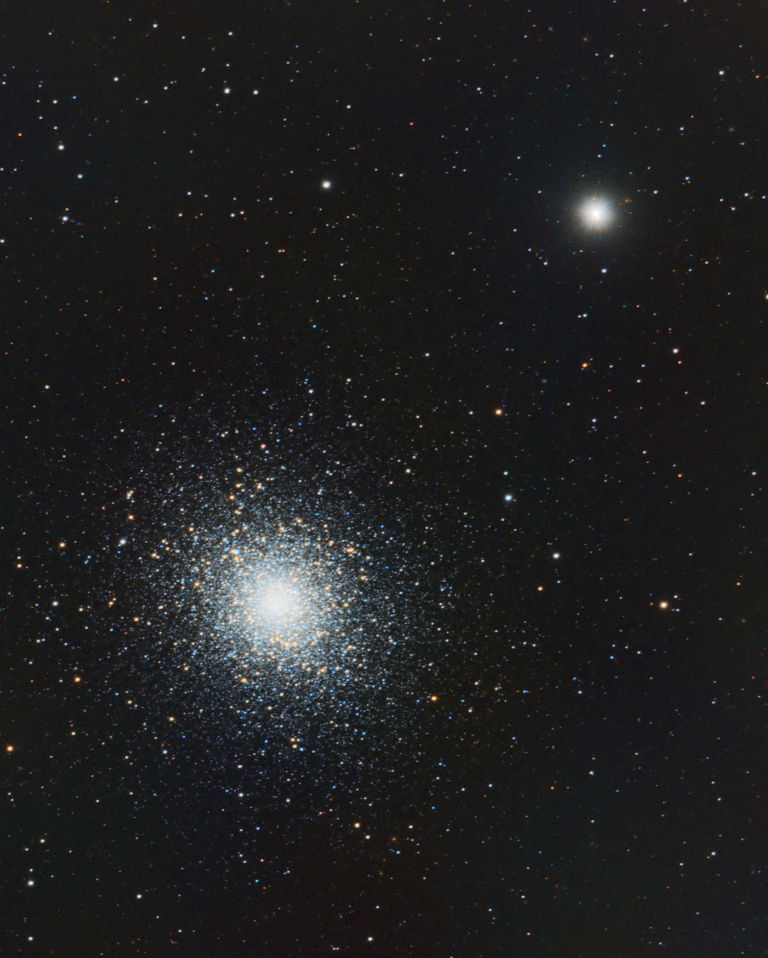
Globular Cluster M5
As we enter summer and the Earth starts pointing us back into the plane of the Milky Way and its many nebulas, we’re nearing the end of globular cluster season. M5 seems a fitting one to end on this year; there’s nothing terribly remarkable about it, other than I think it’s pretty. It’s located about…
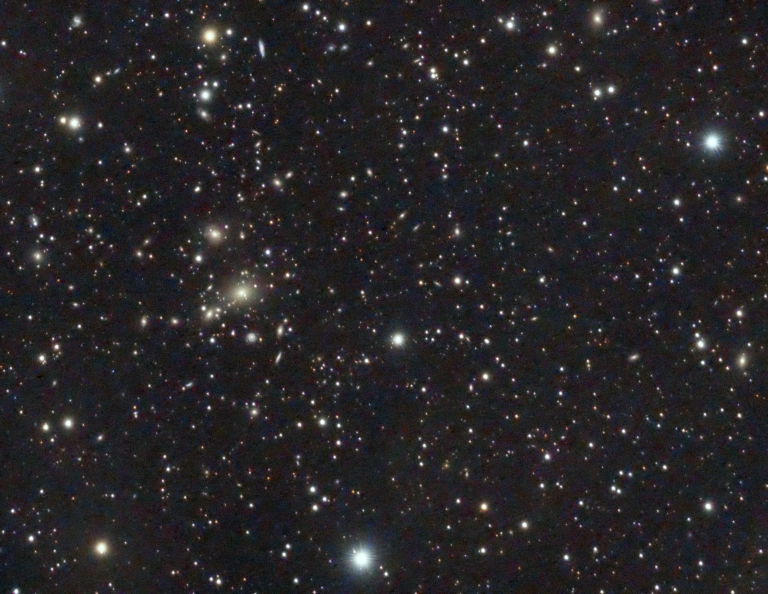
So. Many. Galaxies.
If you point your telescope outside of the Milky Way, you’re almost guaranteed to pick up very distant galaxies, because there are just so many of them out there. This patch of sky inside Cancer is a cluster of galaxies called Abell 671. If you click the image and look at it full size, you’ll…
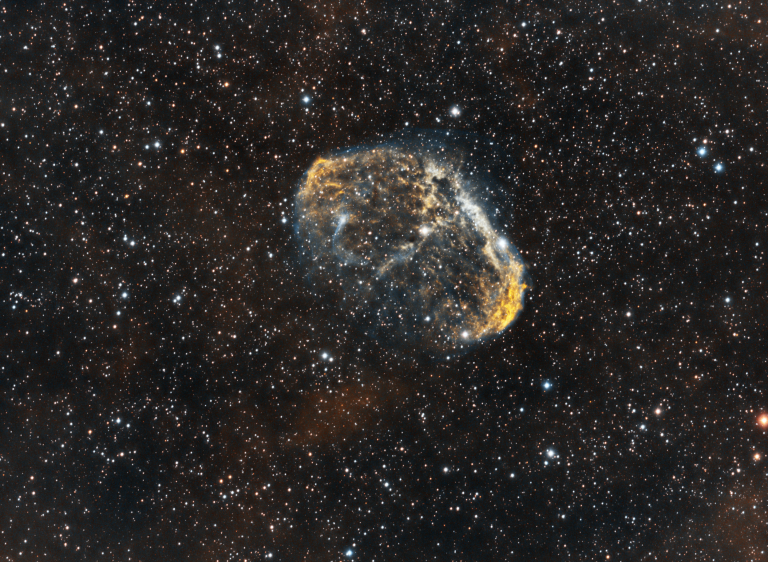
The Crescent Nebula
Like the Bubble Nebula, and Thor’s Helmet, this is formed by the fast stellar wind of the extremely hot star at its heart – which interacts in complex ways from the wind left over from when this star was a red giant. This is roughly 5,000 light-years away. These images were taken over the span…

